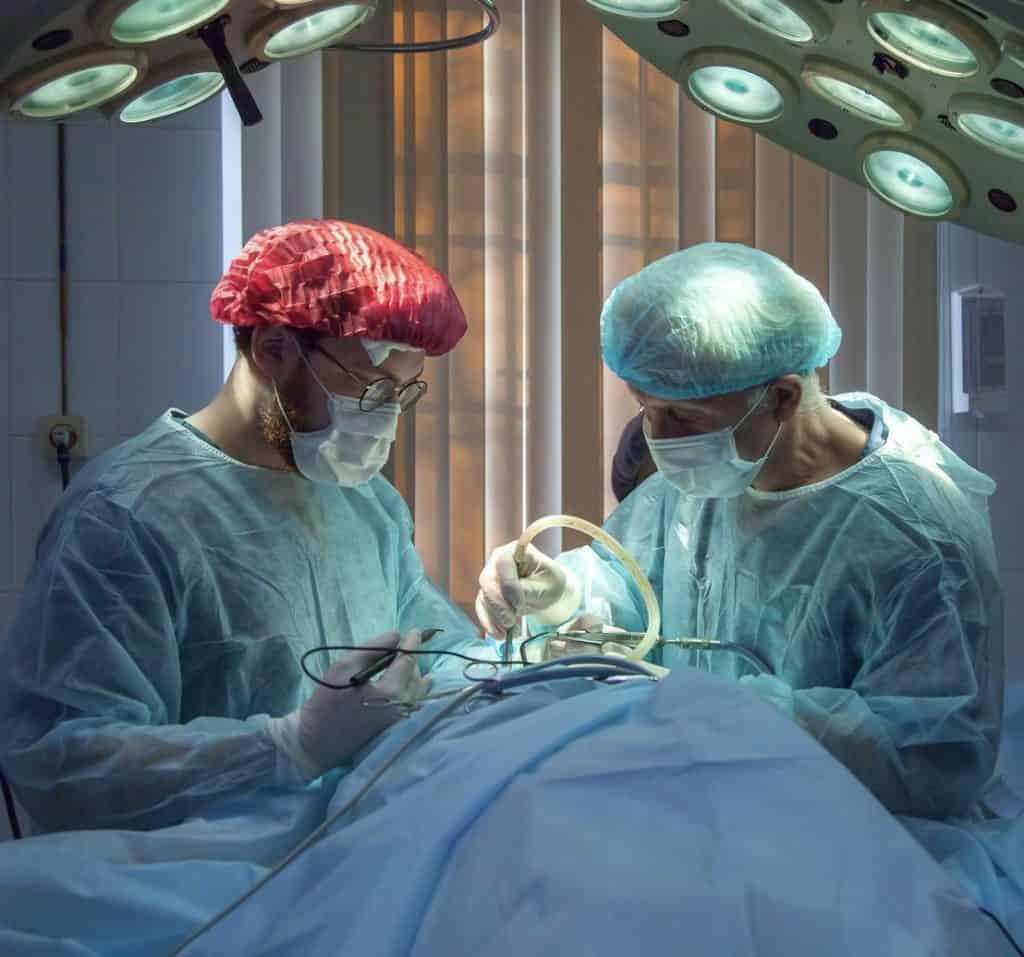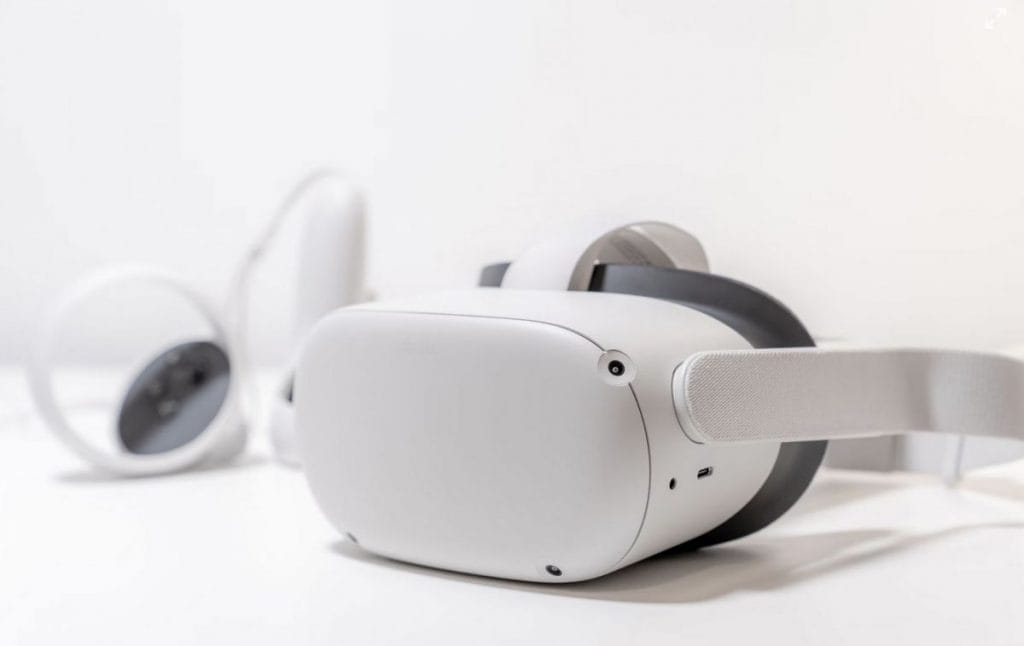British and Brazilian surgeons use VR to separate conjoined twins across 6,000 miles


After seven surgeries, a team of medical professionals from the Instituto Estadual do Cerebro Paulo Niemeyer in Rio de Janeiro, and Great Ormond Street Hospital in London announced today the groundbreaking separation of twins with fused brains–spearheaded by virtual reality.
A release from Gemini Untwined, the UK-based nonprofit that led the endeavor, tells the story of Arthur and Bernardo, three-year-old twins once joined at the head who are now slated to lead healthy, independent lives thanks to extensive pre-operation training empowered by VR.
“Arthur and Bernardo were born craniopagus [conjoined via their brains] in a rural part of Northern Brazil in 2018,” the release said. “Their parents, Adriely and Antonio Lima, brought the boys to Rio de Janeiro where they would be diligently cared for by the dedicated medical team at the Instituto Estadual do Cérebro Paulo Niemeyer for two and a half years.”
According to the BBC, fifty sets of craniopagus twins are born annually. Of them, only fifteen live more than a month on average.
The hospital in Brazil sought advice on separating the toddlers. Everyone said it was impossible. Then, Head of Pediatric Surgery Dr. Gabriel Mufarrej reached out to Gemini Untwined, dedicated to this particular condition, with a track record of rendering effective care.
Dr. Noor ul Owase Jeelani of Great Ormond Street Hospital founded Gemini Untwined in 2018. This operation marked his sixth separation, after twins in Pakistan, Sudan, Israel, and Turkey.
“Our team, led by Mr. Jeelani, spent months working with the local team in Rio to prepare for the procedure,” the release added. “The separation was the most challenging to date as the boys shared vital veins in the brain. At almost four years old, Arthur and Bernardo were also the oldest craniopagus twins with a fused brain to be separated, bringing added complications.”
Scar tissue made it even harder, but fortunately, Web3 came to the rescue. VR enabled the doctors to enter an oversized recreation of the boys’ anatomy based on CT and MRI scans.
The experts experimented freely with lower stakes to reduce all possible risks before the operation. Moreover, because of VR, the doctors could also collaborate in real-time across the Atlantic Ocean, even conducting a cross-continental trial surgery, “the first time such technology had been used for this purpose in Brazil,” Gemini Untwined stated.
“These operations are considered the hardest of our time, and to do it in virtual reality was just really man-on-Mars stuff,” Jeelani told the BBC. In total, the separation took 100 medical professionals more than thirty hours to complete. Jeelani took only four breaks throughout.
The first-ever successful separation of conjoined twins occurred in Basel, Switzerland, in December 1689. According to Guinness, Elisabet and Catherina were fused between the sternum and navel, and their surgery took place in two parts. The newborns recovered in two weeks. “There is one earlier recorded case of surgery to separate conjoined twins, but this attempt was only partially successful,” the world record keeper adds.
Medical imaging has grown drastically since that first success. VR is a recent addition to the field, made possible partly by new track systems that minimize distortion upon turning heads. This is not a scenario where doctors can have imagery distorted.

Last year, the Washington Post reported on the successful separation of two conjoined newborns in Minnesota. “Both babies survived the dangerous, nine-hour procedure, a development that Saltzman and other surgeons involved link directly to their use of virtual reality before surgery,” they wrote.
“Experts said they were unaware of any other example of virtual reality being used to prepare for the separation of twins partially conjoined at the heart,” they continued. “Virtual reality has been used to assist in the separation of twins conjoined at the head on three occasions.”
Twins typically experience elevated heart rates and blood pressure after this procedure –separation anxiety, at its most real. Reunited now, Arthur and Bernardo are on to six months of rehabilitation just in time for their fourth birthdays, the first time they’ll be able to gaze into each other’s eyes.
“They have become part of our family here in the hospital,” Mufarrej told the BBC. “We are delighted that the surgery went so well.”
Now, the Instituto Estadual do Cérebro Paulo Niemeyer will become a Gemini Global Partner hub, where similar cases across Latin America can seek treatment. The reciprocal relationship means the Brazilian hospital will also share expertise with Great Ormond Street Hospital.
“The idea behind the charity was to create a global health service for super-rare cases to try and improve results for these kids,” he told The Evening Standard. “The model of what we have done, I think, can and should be replicated for other super-rare conditions.”
If you’d like to get involved with their mission, with or without VR, consider making a contribution.
Read related posts:
Disclaimer
In line with the Trust Project guidelines, please note that the information provided on this page is not intended to be and should not be interpreted as legal, tax, investment, financial, or any other form of advice. It is important to only invest what you can afford to lose and to seek independent financial advice if you have any doubts. For further information, we suggest referring to the terms and conditions as well as the help and support pages provided by the issuer or advertiser. MetaversePost is committed to accurate, unbiased reporting, but market conditions are subject to change without notice.
About The Author
Vittoria Benzine is a Brooklyn-based art writer and personal essayist covering contemporary art with a focus on human contexts, counterculture, and chaos magic. She contributes to Maxim, Hyperallergic, Brooklyn Magazine, and more.
More articles

Vittoria Benzine is a Brooklyn-based art writer and personal essayist covering contemporary art with a focus on human contexts, counterculture, and chaos magic. She contributes to Maxim, Hyperallergic, Brooklyn Magazine, and more.





















































